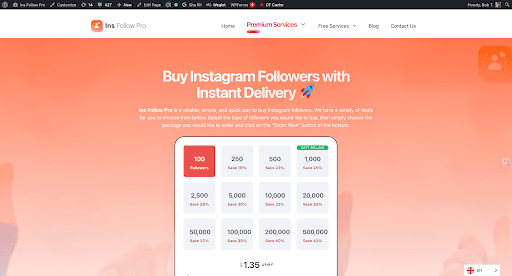
Capacity planning is crucial to meeting your consumer demands and staying ahead of the competition. However, creating a comprehensive capacity plan is challenging as you have to rely on accurate demand forecasting and the client’s demand also keeps on changing. Investing in capacity planning software such as a Resource Guru is a good start. Read on for four tips for effective capacity planning.
1. Maintain open communication
Maintaining vertical lines of communication is often challenging due to varying KPIs between employees at different levels of your organization and power distance. However, it is essential that project leaders, product managers, and department heads communicate effectively to ensure that capacity planning is done correctly.
Keeping communication open with strategic partners in the company’s supply chain, such as your retailers, logistics company, suppliers, and distributors, can also help you acquire information that could be beneficial when forecasting demand.
2. Exploit the help of capacity planning software
Effective capacity planning can be complicated, so you should rely on technology to simplify the process. Instead of handling your company’s capacity planning manually, use capacity planning software to help you manage different data sources. Some key features you should consider when choosing a suitable capacity planning tool for your organization include:
- Flexible scheduling: You will probably not ace the organization’s capacity planning from the get-go, so you should choose software that offers flexibility to handle crucial changes without starting from scratch.
- Ability to establish independent task hours: Sometimes you may allocate particular hours to a specific task but finish the project before the allotted time. The extra time could lead to wasted resources, confusion, and inefficiencies. Invest in a tool that allows you task hours independently from total task duration
Be sure to invest in a capacity planning software that helps you map out the company’s resources.
3. Prepare for employee turnover
One of the most significant challenges to an effective capacity-planning effort is having an employee most knowledgeable or responsible for the program exit the company. This does not only set your efforts back. It is also time-consuming and expensive to find an equal or better replacement. To mitigate the impact of employee turnover, you should have your company’s capacity-planning process thoroughly documented to ensure seamless succession. If your budget allows it, train a backup employee to take over in the event of a turnover. Developing an employment contract is also an excellent way to maintain the ongoing employment of a critical member of your staff.
4. Implement a work breakdown structure
Implementing a work breakdown structure (WBS) entails breaking down a large project into small manageable tasks. This helps you plan for tasks that different employees can handle simultaneously, giving visibility into utilization vs. capacity. A work breakdown structure also allows you to optimize workflow, preventing time wastage. Employees do not have to sit and wait for tasks to be passed down to them as they can work concurrently. With a WBS strategy, you can also quickly identify risks that may impact resource requirements, allowing you to anticipate complications.
Endnote
Capacity planning helps your organization scale and budget to identify optimal business operations levels. Implement the above strategies to initiate an effective capacity-planning effort that grows into a robust process.


